GPCR/G protein

All GPCRs share a common seven trans-membrane structure. GPCRs are associated with heterotrimeric G-proteins which are GTP-binding proteins made of alpha, beta, and gamma subunits. When a ligand binds to GPCR, it activates the attached G-protein, the GDP is replaced with GTP. The activated G-protein then dissociates into an alpha and a beta-gamma complex which activates downstream signaling pathways. These intracellular signaling pathways include cAMP/PKA, calcium/NFAT, phospholipase C, protein tyrosine kinases, MAP kinases, PI-3-kinase, nitric oxide/cGMP, Rho, and JAK/STAT.
GPCRs are one of the most important therapeutic targets for various diseases, over 30% of all modern medicinal drugs target this family. Aberrant GPCR functions are involved in pathological conditions such as neurological, immunological and hormonal disorders. A large number of GPCRs have been identified, but whose ligands are not known, are classified as orphan receptors.
-
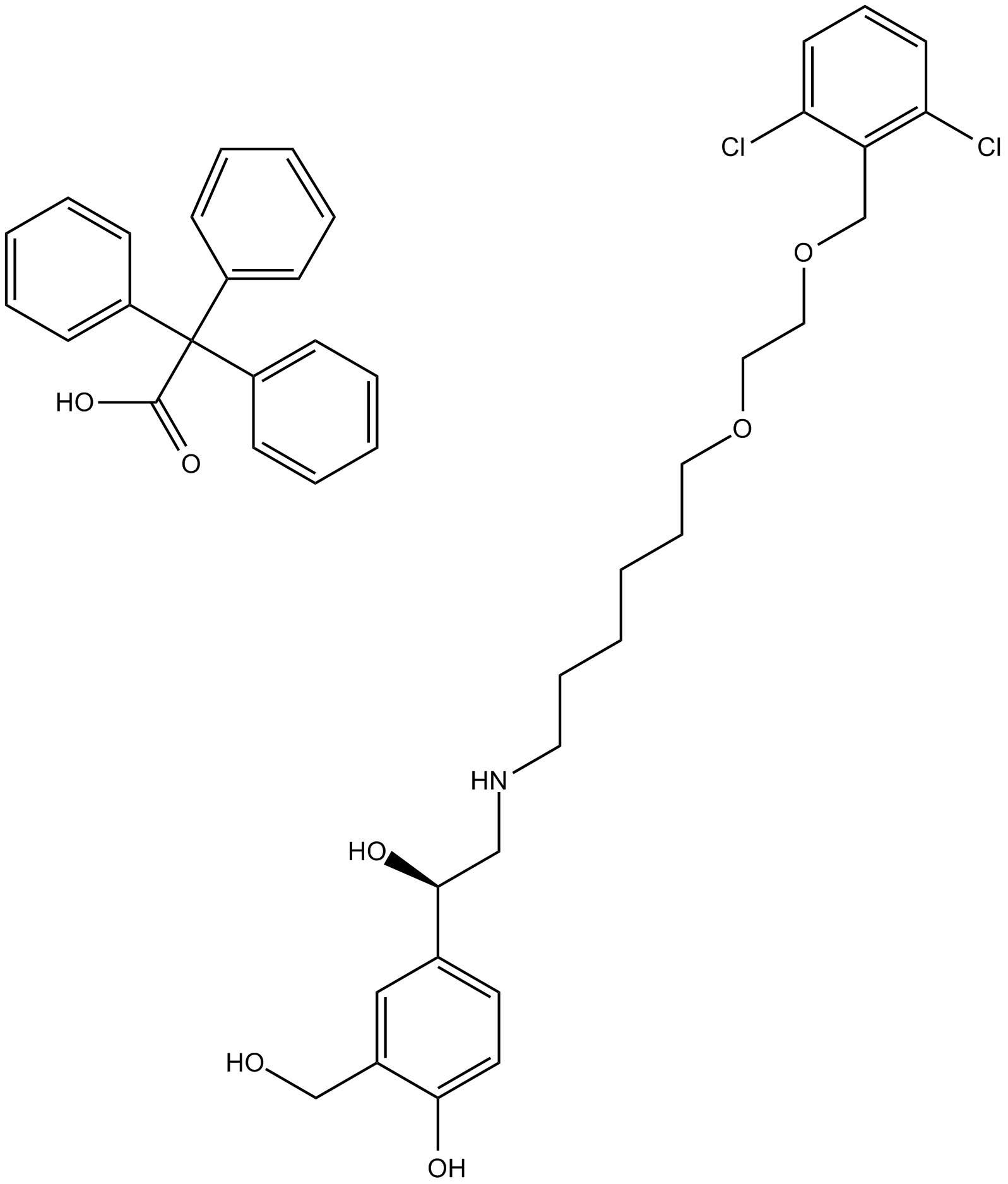 B1006 Vilanterol trifenatateSummary: β2-AR agonist
B1006 Vilanterol trifenatateSummary: β2-AR agonist -
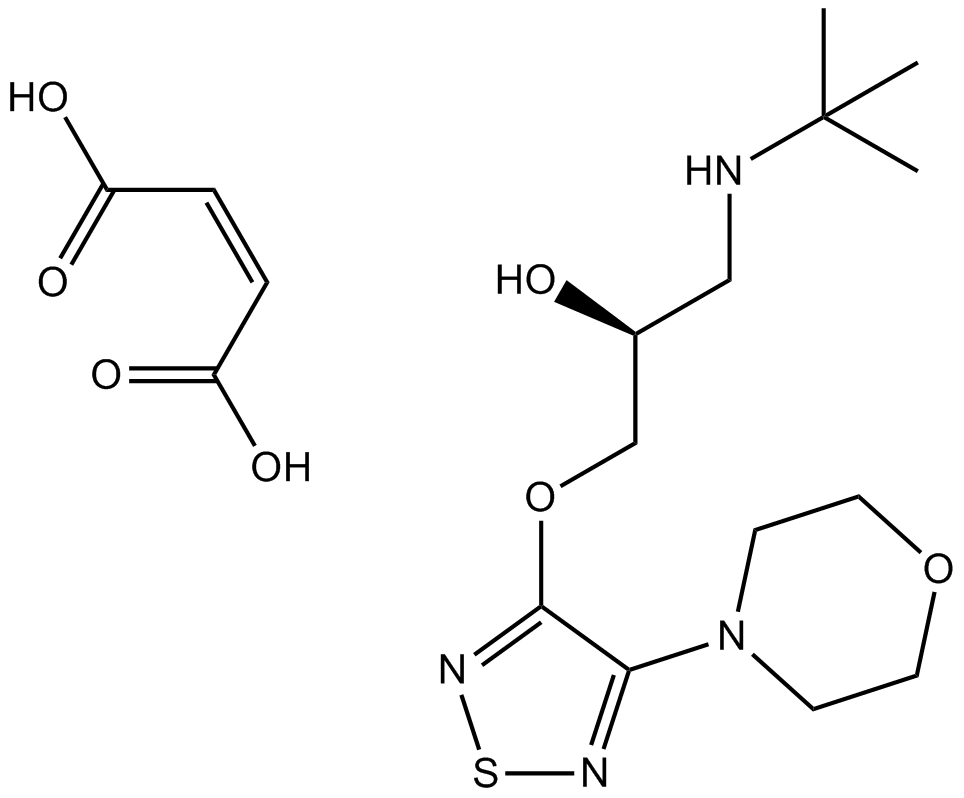 B1350 Timolol MaleateSummary: Non-selective, beta-adrenergic receptor antagonist
B1350 Timolol MaleateSummary: Non-selective, beta-adrenergic receptor antagonist -
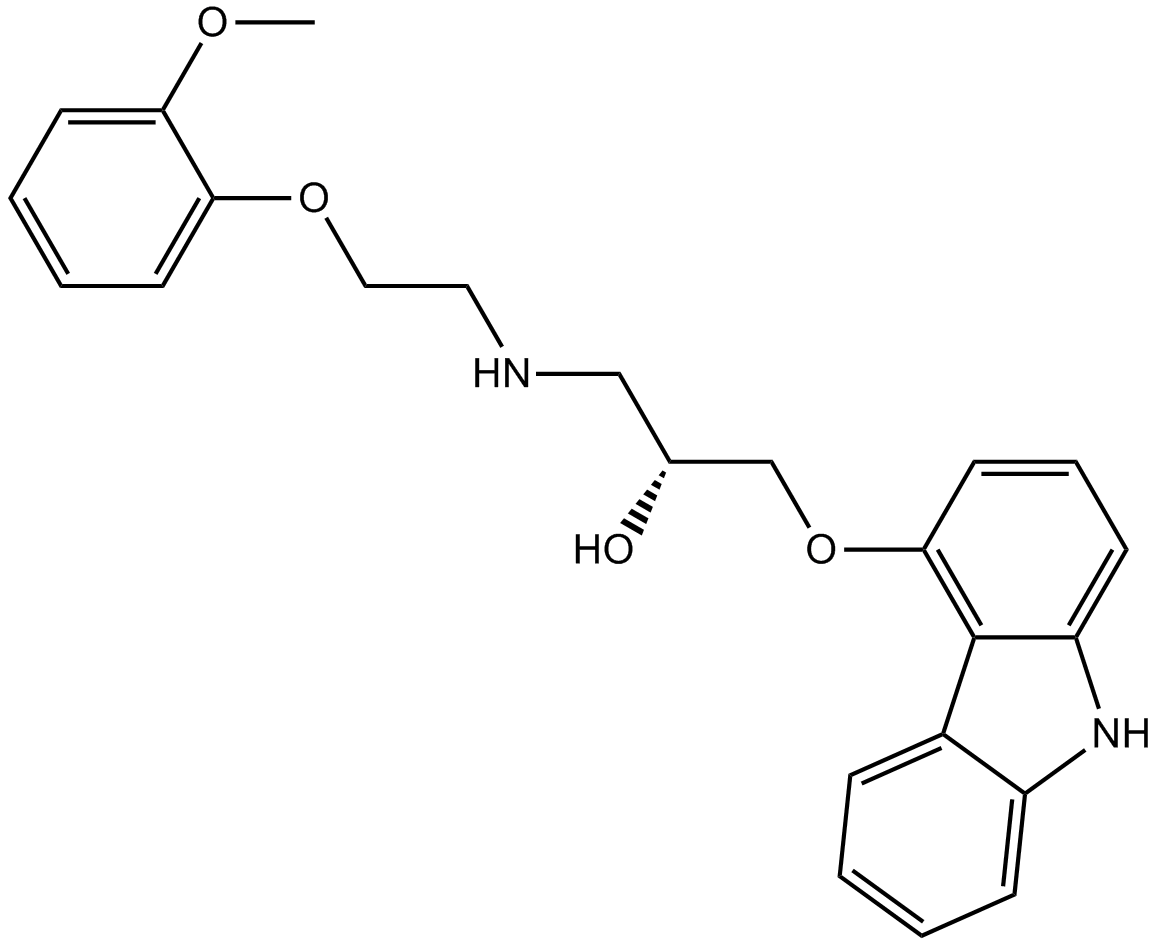 B1332 CarvedilolSummary: Potent β-adrenoceptor and α1-adrenoceptor antagonist
B1332 CarvedilolSummary: Potent β-adrenoceptor and α1-adrenoceptor antagonist -
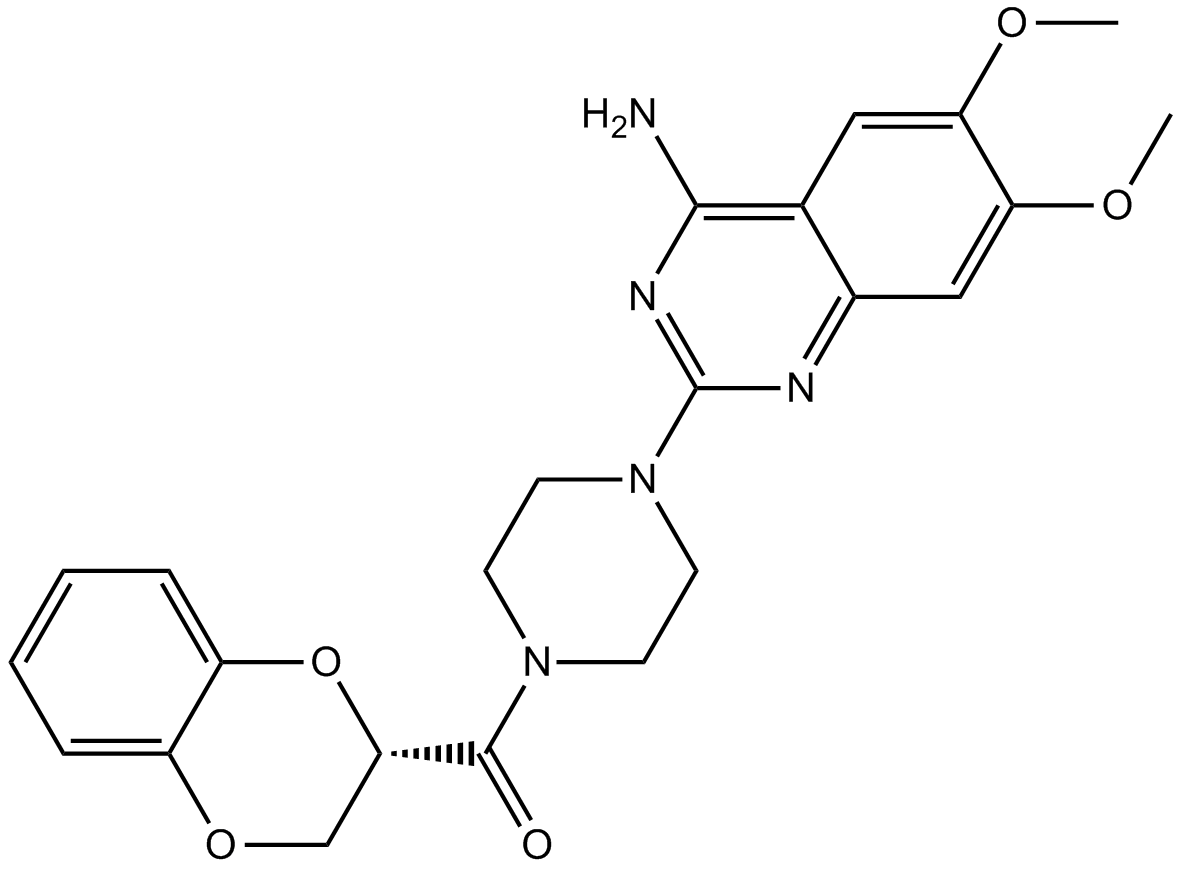 B1209 DoxazosinSummary: Quinazoline-derivative that selectively antagonizes postsynaptic α1-adrenergic receptors
B1209 DoxazosinSummary: Quinazoline-derivative that selectively antagonizes postsynaptic α1-adrenergic receptors -
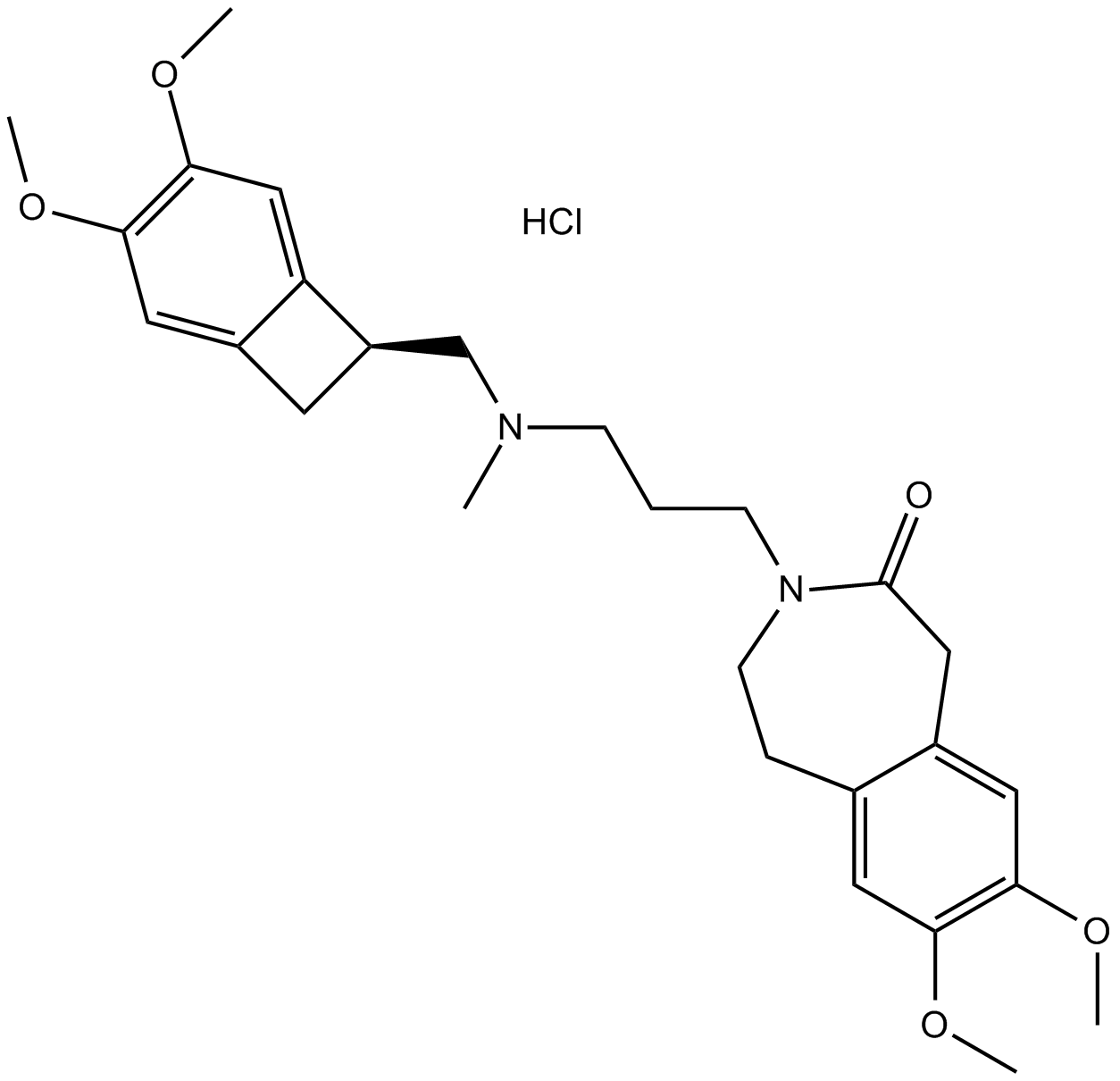 B1360 Ivabradine HClSummary: Adrenergic receptor inhibitor
B1360 Ivabradine HClSummary: Adrenergic receptor inhibitor -
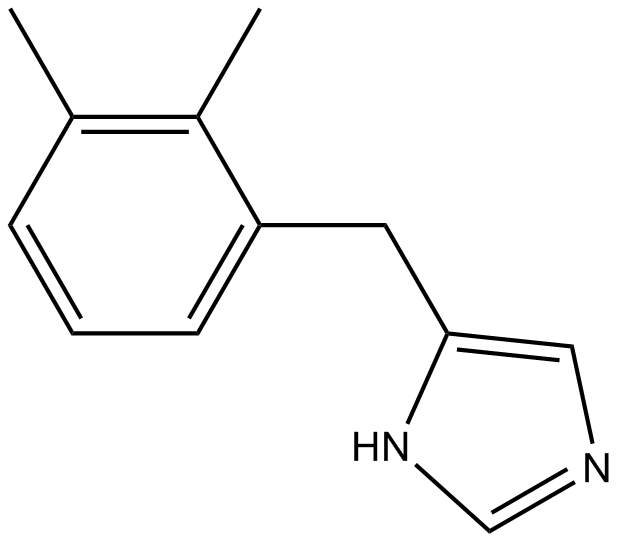 B1060 DetomidineSummary: α2-adrenergic agonist
B1060 DetomidineSummary: α2-adrenergic agonist -
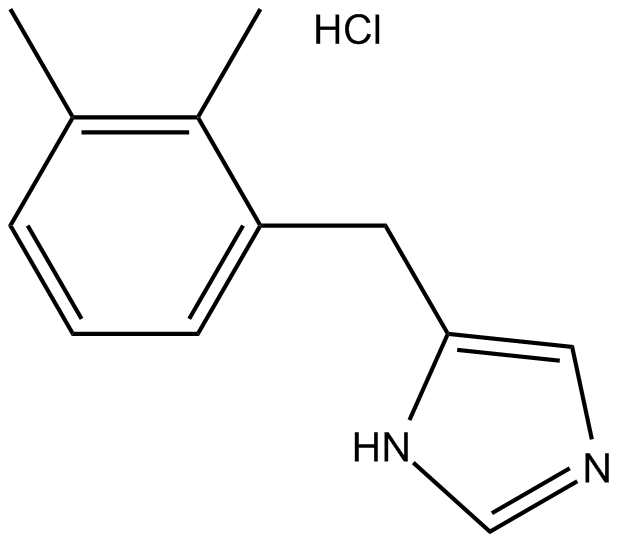 B1356 Detomidine HClSummary: Adrenergic receptor agonist
B1356 Detomidine HClSummary: Adrenergic receptor agonist -
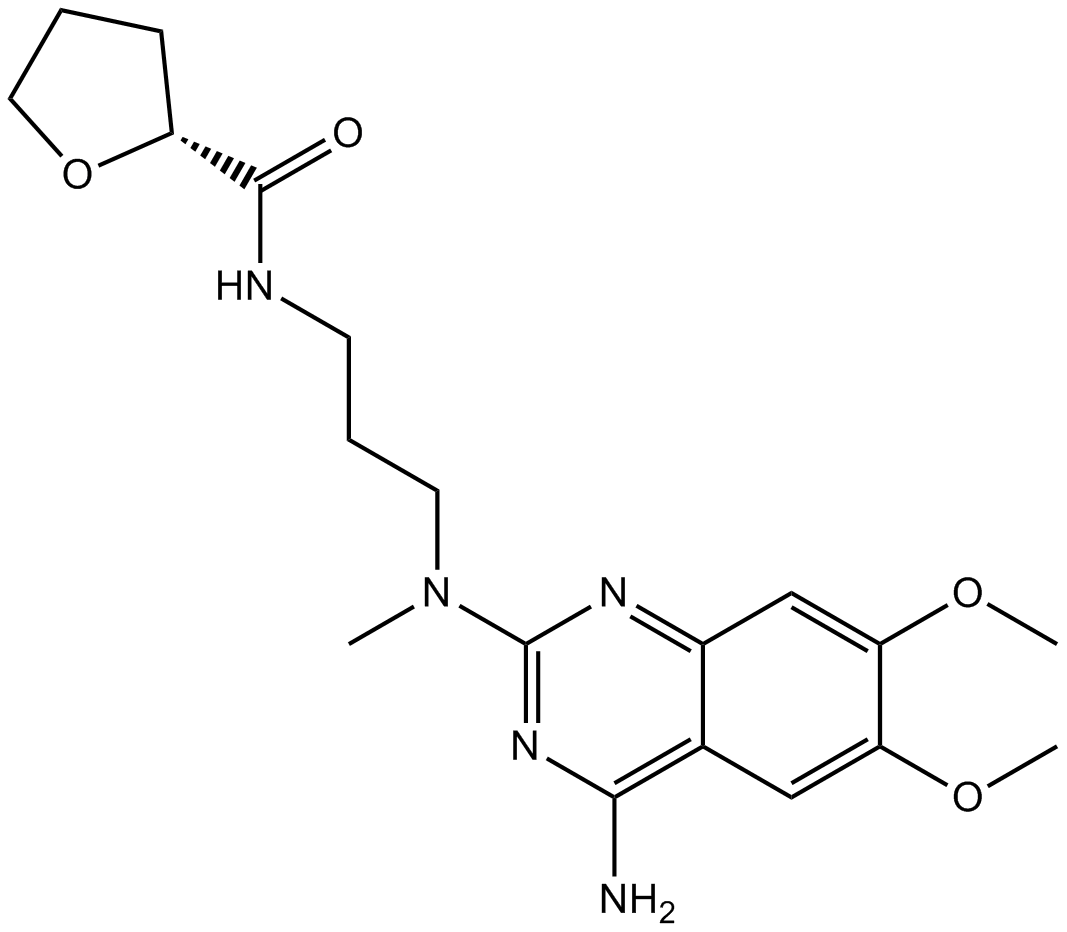 B1061 AlfuzosinSummary: alpha-adrenergic blocker
B1061 AlfuzosinSummary: alpha-adrenergic blocker -
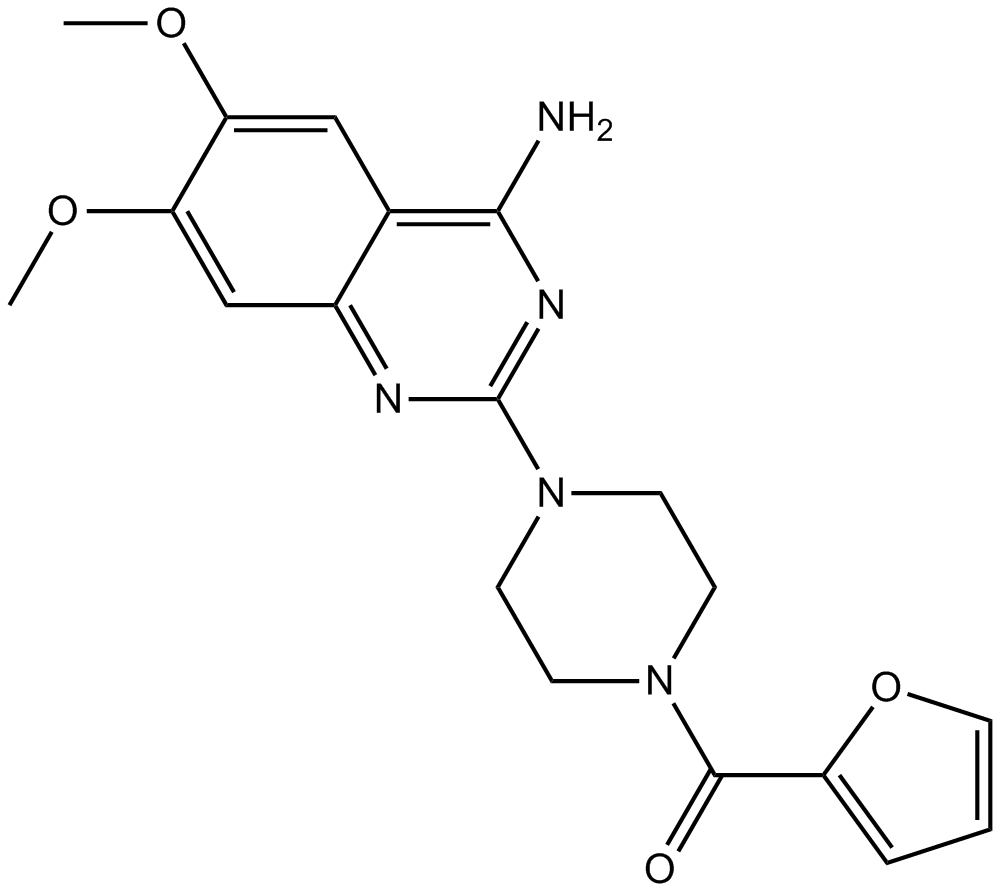 B1062 PrazosinSummary: alpha-adrenergic blocker
B1062 PrazosinSummary: alpha-adrenergic blocker -
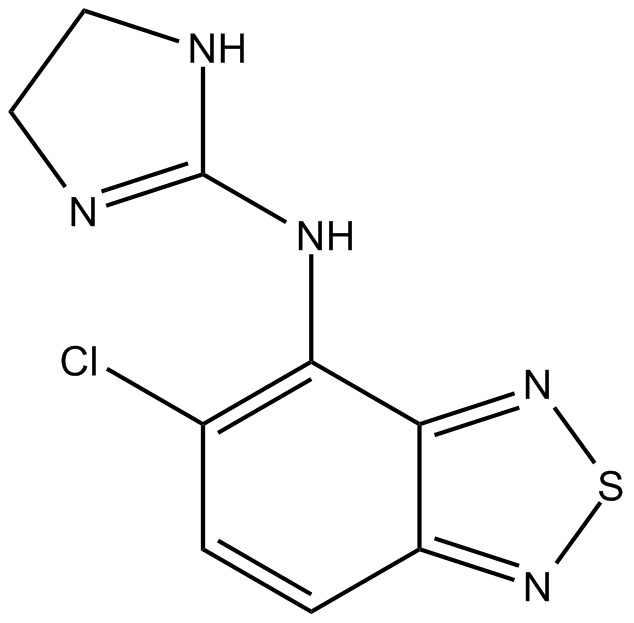 B1063 TizanidineSummary: α2 adrenergic agonist
B1063 TizanidineSummary: α2 adrenergic agonist

